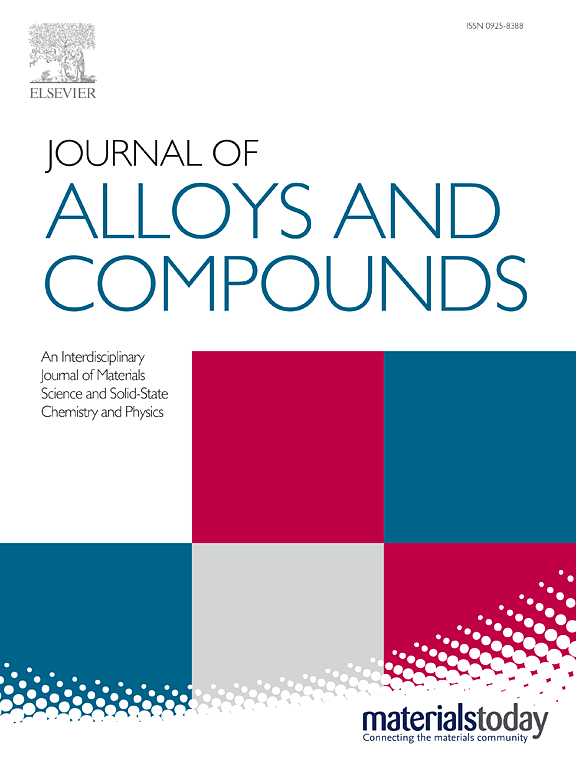Substrate orientation-controlled photoelectric properties of 213-nm GeO2 solar blind photodetectors
IF 5.8
2区 材料科学
Q2 CHEMISTRY, PHYSICAL
引用次数: 0
Abstract
GeO2 is recognized as an ultra-wide bandgap semiconductor with high thermal conductivity and carrier mobility, possessing the great development potential in the solar blind photodetection field. During the deposition, selected substrates with different lattice orientations can cause variations in physical properties of GeO2 films, thereby influencing the performance of the GeO2 solar blind photodetector (SBPD). Here, GeO2 films were deposited on m and r-plane sapphire substrates using the magnetron sputtering method and 213-nm SBPDs have been developed by selecting the high-temperature annealed GeO2 films. The GeO2 SBPD fabricated on m-plane sapphire substrate exhibits more excellent performances including faster rise and fall times of 8.09 and 8.15 ms, a higher photo-dark current ratio of 237.03, a larger photoresponsivity of 2.76 A/W, and a higher detectivity of 1.87 × 1014 Jones. By constructing energy band structures of GeO2 SBPDs, excellent device performances can be attributed to the less migration energy requirement induced by small band barriers. Moreover, it is also demonstrated the existence of the built-in electric field and the smaller lattice mismatch further improve the GeO2 SBPD performance. Experimental results demonstrate effects of substrate orientation-controlled photoelectric properties of 213-nm GeO2 SBPDs, providing a new option for solar blind detection applications.213-nm GeO2太阳盲光电探测器的衬底取向控制光电性能
GeO2是公认的具有高导热性和载流子迁移率的超宽带隙半导体,在太阳盲光探测领域具有很大的发展潜力。在沉积过程中,选择不同晶格取向的衬底会引起GeO2薄膜物理性质的变化,从而影响GeO2太阳盲光电探测器(SBPD)的性能。本文采用磁控溅射法在m面和r面蓝宝石衬底上沉积了GeO2薄膜,并通过选择高温退火的GeO2薄膜制备了213 nm的sbpd。在m平面蓝宝石衬底上制备的GeO2 SBPD具有更优异的性能,上升和下降时间分别为8.09和8.15 ms,光暗电流比为237.03,光响应率为2.76 a /W,探测率为1.87 × 1014 Jones。通过构建GeO2 sbpd的能带结构,可以将小能带势垒引起的迁移能量需求降低,从而获得优异的器件性能。此外,还证明了内置电场的存在和较小的晶格失配进一步提高了GeO2 SBPD的性能。实验结果验证了衬底取向控制对213 nm GeO2 sbpd光电性能的影响,为太阳盲探测应用提供了新的选择。
本文章由计算机程序翻译,如有差异,请以英文原文为准。
求助全文
约1分钟内获得全文
求助全文
来源期刊

Journal of Alloys and Compounds
工程技术-材料科学:综合
CiteScore
11.10
自引率
14.50%
发文量
5146
审稿时长
67 days
期刊介绍:
The Journal of Alloys and Compounds is intended to serve as an international medium for the publication of work on solid materials comprising compounds as well as alloys. Its great strength lies in the diversity of discipline which it encompasses, drawing together results from materials science, solid-state chemistry and physics.
 求助内容:
求助内容: 应助结果提醒方式:
应助结果提醒方式:


